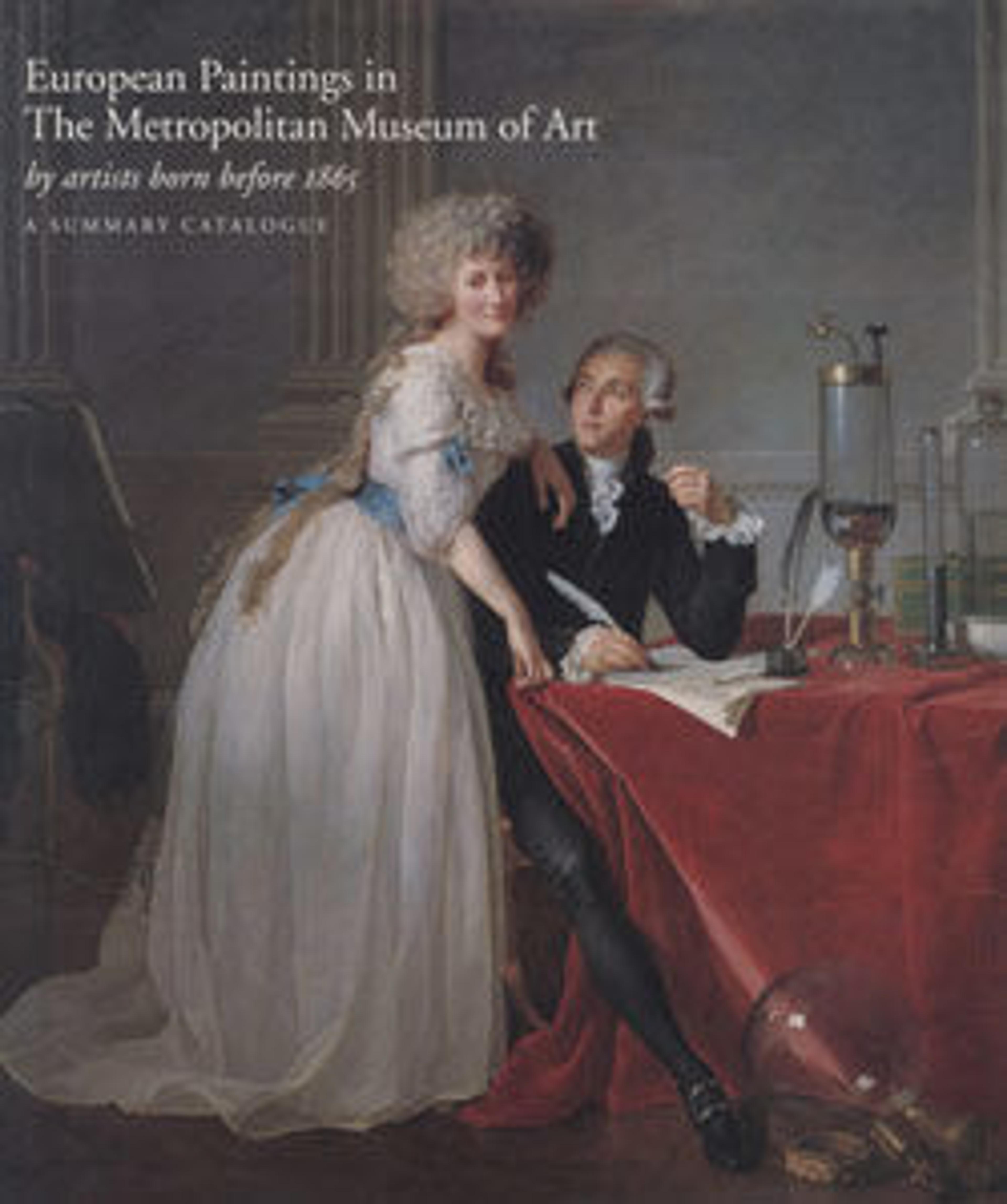Saints John the Evangelist and Mary Magdalene
This painting, together with a panel portraying the Virgin and the Dead Christ (National Gallery, London), originally formed a diptych (two panels hinged together that could be opened and closed). The painting illustrates the formative influence that the Florentine master Giotto, a pivotal figure in Western art, had in Naples during his activity there from 1328 to 1332. The diptych was likely painted by a member of Giotto’s workshop in Naples, who was active on the frescoes in the Church of Santa Chiara. Giotto's Neapolitan workshop may have continued to operate after he returned to Florence in 1333. The monumentality of the figures, which protrude outside the painted framework, together with their expressive gestures of grief, intensify the dramatic quality of this work, which was probably made for private devotion. The diptych may have been commissioned by Queen Sancia of Naples (1286-1345), the wife of King Robert of Anjou, who was particularly devoted to Mary Magdalene and was the founder of Santa Chiara.
Artwork Details
- Title: Saints John the Evangelist and Mary Magdalene
- Artist: Italian, Neapolitan Follower of Giotto (active second third of the 14th century)
- Date: ca. 1335–45
- Medium: Tempera on wood, gold ground
- Dimensions: 23 x 15 5/8 in. (58.4 x 39.7 cm)
- Classification: Paintings
- Credit Line: Robert Lehman Collection, 1975
- Object Number: 1975.1.102
- Curatorial Department: The Robert Lehman Collection
More Artwork
Research Resources
The Met provides unparalleled resources for research and welcomes an international community of students and scholars. The Met's Open Access API is where creators and researchers can connect to the The Met collection. Open Access data and public domain images are available for unrestricted commercial and noncommercial use without permission or fee.
To request images under copyright and other restrictions, please use this Image Request form.
Feedback
We continue to research and examine historical and cultural context for objects in The Met collection. If you have comments or questions about this object record, please contact us using the form below. The Museum looks forward to receiving your comments.
